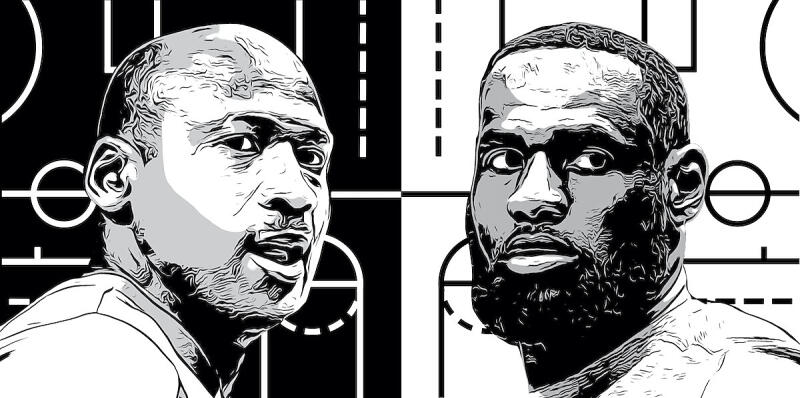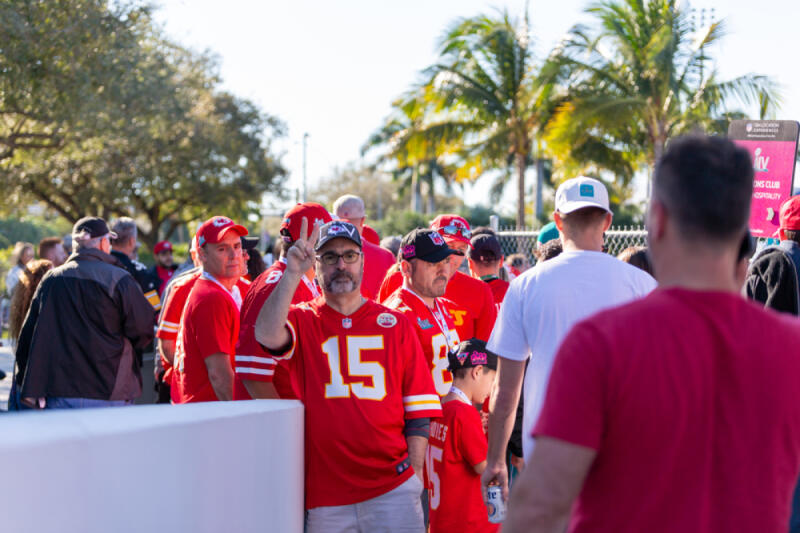The Business of Women's Sports
The popularity of women's sports continues to grow.
In 2020, viewership in the National Women's Soccer League grew nearly a whopping 300%.
It's about time for women to be compensated fairly and close the pay gap with their male counterparts.
Find out how and why women's sports viewership has grown in recent years in the infographic below:

The Rise Of Women’s Sports
● The 2020 NWSL Challenge Cup drew viewership on par with an MLB game airing in the same timeslot
○ Interest in women’s soccer was spurred by the 2019 World Cup win
■ But, the US women’s team has placed in the top three in every World Cup since the tournament was established in 1991
What changed?
■ First and last games aired on CBS rather than the subscription service
■ Month-long tournament schedule to start before men’s league and NBA returned from lockdown
“Premium broadcasting plays a massive role in elevating the visibility and profile of leagues and players at the club level . . . Viewership drives everything in this sport.” — Esmeralda Negron, Co-founder of Atalanta Media and Former professional soccer player
● Viewers Want Women’s Sports
○ 66% of people are interested in at least one women’s sport*
■ 84% of sports fans are interested in women’s sports
● Sports fans are 49% women, 51% men
○ In 2020, young women (18-34) increased MLB viewership by 83%
○ The Olympic Channel found that 56% of engagement comes from women
■ AND, viewership of women’s content is 16% higher than men’s
Only half of the sports governing bodies have a boardroom of at least 25% women
The Sports Gender Gap - An Unequal Investment
In NCAA Division 1 Schools
■ More than half of students are women
● 44% of athletic opportunities are for women
■ Division 1 Football schools give women
● 29% of total athletic operating expenses
● 28% of recruiting dollars
● 39% of athletic scholarship dollars
● $1 for every $2.50 spent on men’s sports
■ Coaches for women earn $0.63 for every $1 earned coaches for men’s teams
■ Division 1 football expenditures alone exceed all spending on women’s sports
● Men’s football: $16 million
● All women’s sports: $10 million
Huge Pay Gaps
○ On average female athletes are earning 63% of their male counterparts
○ The NBA pays its players up to 51% of the league’s revenue
■ WNBA players take home less than 23%
○ 83% of sports now offer the same amount of prize money for men and women
■ For the 17% that don’t, the difference can be millions
○ In 2020, Forbes’ 50 highest-paid athletes, included just one woman - Naomi Osaka
● While fewer people are interested in women’s sports than some men’s sports — there’s still a huge fanbase
○ 45% of people would consider attending live women’s sports events
■ 46% would watch more women’s sport on free channels
■ 39% would watch more if freely accessible online
○ 38% of people who’d never watched a women’s sports event before say they “could be interested” in the future
○ The potential fanbase for women’s sports is in the millions
■ Football/soccer: 105 million
■ Mixed martial arts: 94 million
■ Extreme sports: 79 million
■ Basketball: 72 million
■ Golf: 52 million
Media Coverage Is Key
○ In 2020, women made up 40% of sportspeople but received just 4% of sports media coverage
■ Women’s sports receive less coverage
● In both print and broadcasting
● Despite large fluctuations for major events
○ Lack of media coverage impacts sponsorships
■ From 2013-2017, annual sponsorship deals for women’s sports increased by 37%
● Average monetary size of deals increased 49%
■ Just 0.4% of sponsorship dollars go to women’s sports
○ Interest is higher for women’s sports that are staged alongside men
■ Staged together often
● Track & field: 89%
● Tennis: 86%
● Triathlon: 81%
● Mixed martial arts: 79%
● Extreme/action sports: 69%
■ Staged separately often
● Golf: 61%
● Cricket: 52%
● Cycling: 51%
● Basketball: 43%
● Football: 43%
● Rugby: 42%
A Missed Opportunity
Women’s sports represent a valuable sponsorship opportunity for brands
■ 1 in 5 people is more influenced by sponsorships of women’s sports than of men’s
■ 3 in 4 people interested in women’s sports can name at least one brand involved
■ 63% of people believe brands should invest in both women’s and men’s sports
Our editorial content strives to be highly informative and educational to our audience, especially for visitors who are new or relatively new to analyzing and predicting sporting event results. All of our content is created by informed writers with backgrounds in their subject area and reviewed for omissions or mistakes.
Our editorial team is run by individuals with many years of experience in digital publishing, editorial, and content production. Our editorial content is always marked clearly in any instances where it may be sponsored by a third party, though it is still reviewed by our staff to ensure it remains consistent with our company mission.
- Popular
- Latest







